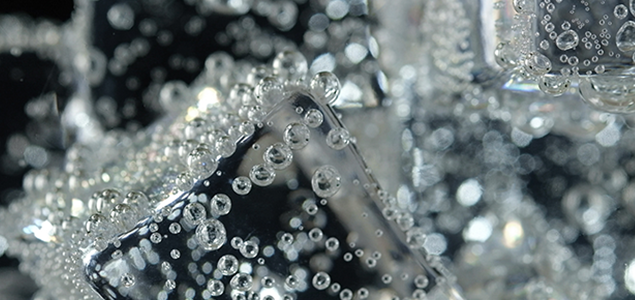The term "cocktail effect" is used to define the toxicity resulting from the combination of several pollutants. Indeed, some chemical substances are not dangerous when present at doses below the defined thresholds, but can be toxic when combined. Thus, these mixtures can lead to a higher and more powerful toxic effect than the toxicity of the individual molecules.
This effect provides information on the ecotoxicological state of water quality and its assessment enriches current regulatory analyses, which are based solely on the measurement of unit concentrations of certain substances.

Issues related to cocktail effects
Multiple chemical substances
Water can contain an infinite number of toxic chemicals:
- drug residues,
- pesticides,
- endocrine disruptors,
- microplastics,
- heavy metals.
Whether they occur naturally or are generated by our activities, the health and environmental risk due to the interaction of chemical compounds in aquatic environments is of increasing concern to scientists and policy makers.
Residues of medicines, pesticides or endocrine disruptors, these compounds are found in groundwater, natural water and even drinking water because water production plants have not necessarily been designed to deal with this type of risk.
Many effects observed
Several effects have been observed:
- an additive effect: in a mixture, the effects of chemical compounds can add to each other;
- a synergistic effect: chemical compounds in a mixture can amplify the toxic effects of each;
- a potentiating effect: a chemical compound has no particular toxicity, but in the presence of other substances it can be activated;
- an antagonistic effect: the effects of a chemical compound may be circumscribed by the effects of another substance present;
- an independent effect: chemicals in a mixture may sometimes not interact with each other.
To date, the cocktail effect is suspected of being responsible for impacts on human and animal health. Recent studies point out that these cocktail effects could be responsible for :
- the feminisation of fish in rivers,
- cases of cancer, even if the chemicals identified meet current standards.
Things to remember
- The interaction between substances in water can create cocktail effects
- Cocktail effects can have significant health and environmental impacts
The limitations of classical methods
Despite the awareness of these effects, water monitoring standards are still limited. Today, chemical compounds and their potential toxic impacts are assessed in isolation. Analyses in this context focus only on concentrations of substances that should not be exceeded. These thresholds are set according to the unit toxicity of these elements. These standards are set and revised regularly on the basis of new analyses.
However, this method is limited, as it does not allow us to know
- what the potential interactions between several substances are
- what are the possible effects of these exposures on living organisms.
Things to remember
- Many substances in water are subject to health standards
- However, the cocktail effect is not or hardly taken into account
The contributions of Tame-Water
Aware of the interest in detecting and evaluating these cocktail effects, Tame-Water has developed biomonitoring tools to follow the real toxicity of water.
By offering toxicity analysers and/or laboratory analysis services based on bioassays, Tame-Water will assess the toxicity of water on living organisms.
Indeed, Tame-Water will observe, compare and interpret the impacts of potential toxic cocktails on different types of bioassays: bacteria, fungi, yeast, algae or animal cells.
Tame-Water does not measure pollutant concentrations, but rather the effects on these living organisms.
This innovative approach makes it possible to highlight these cocktail effects and thus to be able to implement actions to treat them.

